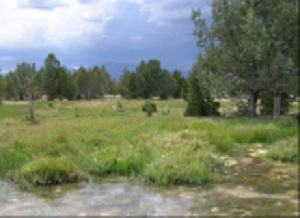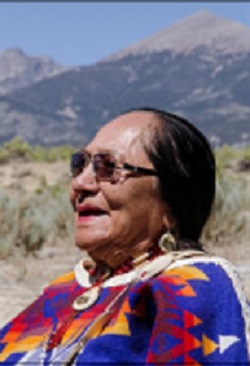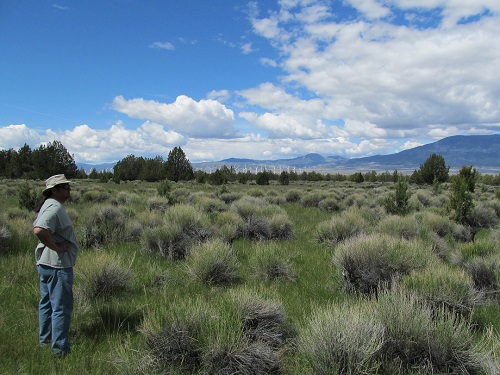Editor’s note: This first appeared on Great Basin Water Network’s Water Gab newsletter. Read Deep Green Resistance Southwest Coalition’s analysis of the proposed SNWA groundwater pipeline project here.
Nevada’s Great Basin consists of pinion and juniper covered mountain ranges that run North/ South like wooly worms with long, wide, mostly arid valleys in between. However, Spring Valley is an exception. Traveling East/West on Hwy 50, one will notice that the floor of Spring Valley is tree covered. These trees, Rocky Mountain Junipers, were pushed there by Ice Age conditions. Their root system is very shallow. Consequently the trees are in extreme danger from groundwater drawdown from the Southern Nevada Water Authority groundwater pipeline and exportation project.
Newe, Nevada’s Native peoples, were hunters and gatherers and roamed in small familial groups in their search for sustenance. This forest of junipers was centrally located, providing shade during hot summers and became the favorite gathering place for the Newe. Ample water-enabled plant and wildlife proliferated. Many game birds and animals, rare medicinal plants, pinion forests with their ample bounty of nuts were near and fish thrived in the nearby streams and ponds. The “Cedars” became a Sacred Ceremonial site, friendships were renewed, young people found mates, sacred ceremonies were performed and food and medicinal stores replenished prior to snowfall.
Unfortunately, when the settlers arrived, the ceremonial gatherings were misinterpreted as war parties and massacres occurred. The first two massacres are of official U.S. Cavalry record. A military unit had traveled from Fort Ruby and was not aware of the marshy conditions in Spring Valley. Soon after the attack order, many of the cavalry ponies were mired in Spring Valley mud and most of the intended victims escaped. The Newe, now called Shoshone, were not so fortunate at the second Military massacre. Many were killed in this second “skirmish”. Written reports state that men’s penises were cut off and shoved into their mouths and tree branches were shoved into women’s vaginas. Newe believe that because of their violent deaths, the spirits of the victims remain in the Sacred Trees. A third Cavalry massacre was in process but abandoned when attackers became aware that the gathering was not a war party, but Newe gathering pine-nuts.
The final massacre of the Newe (Great Basin Shoshone) was by vigilantes, so there is no military record. Two little girls, approximately age eight, hid in a ditch and were not discovered. They were able to walk south to the Swallow Ranch. One of the girls, Annie Jack, eventually joined the folks at Ibapah, UT. The other survivor was named Mamie by the Swallows. She lived with the Swallow family until she married a hired hand, Joe Joseph, a Paiute from Shivits, UT. The Josephs made Baker, Nevada their home.
— Compiled by Delaine Spilsbury, Granddaughter of Mamie & Joe Joseph.



